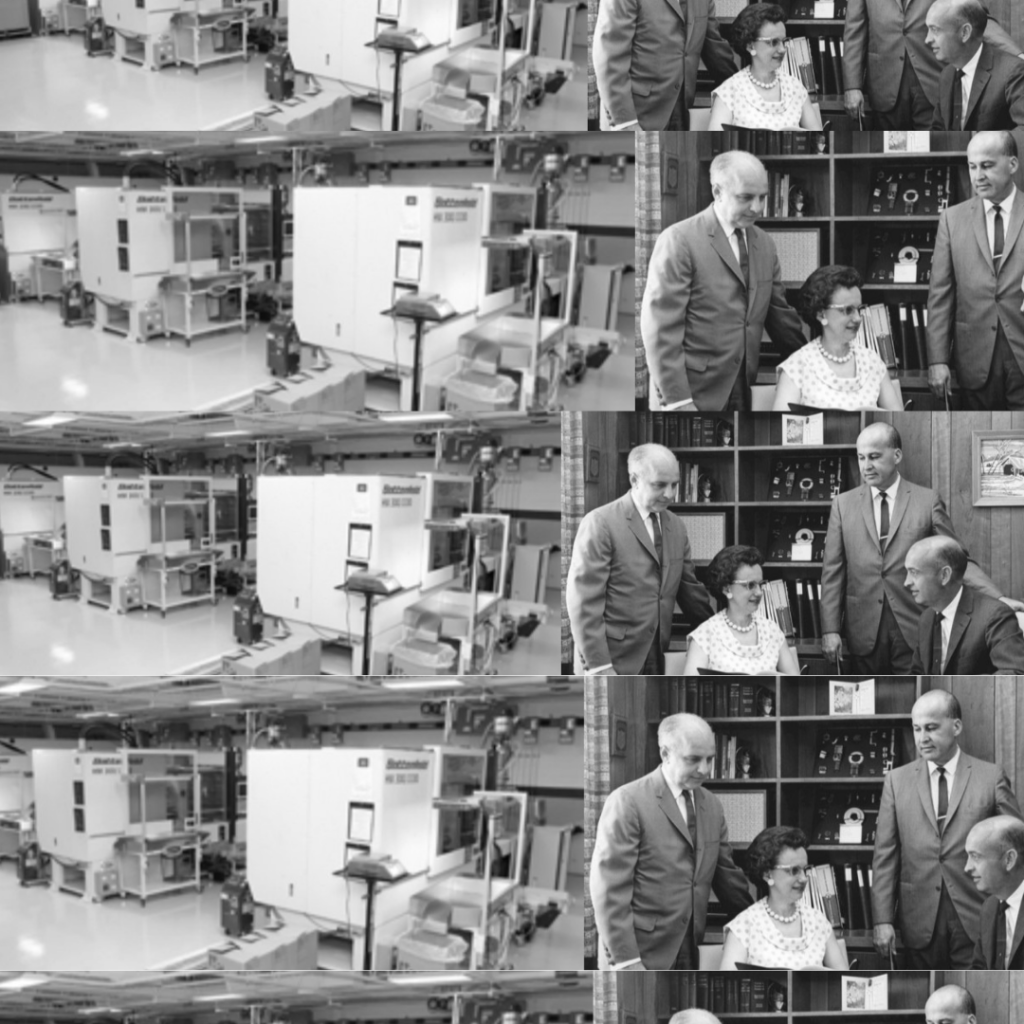#TheoThursday: The Reality of Self-Doubt
I mentioned in an earlier post that I recently heard criticism about how I am leading the company from someone at an event our team attended. In sharing this criticism with my accountability partner, he advised not to turn this blog into a response to the critic. I share this because the experience got me thinking about criticism in general. Why does some criticism bother me, while some doesn’t? And more aptly to what is to follow in this post, why do I allow voice to arguably the greatest critic in my life, my inner self-doubt?
The truth about me is that the greatest hater, biggest doubter, and strongest resistance, is often the voice inside my own head. It is the voice that says I am only in the position that I am in because of my last name. It is the voice that says that I am not well-liked in one breath, and then shames me for wanting to be more liked in the next.
It is often the voice of the past, reminding me of some of the stupid things I did before I came to faith in Jesus. If the latter part of that sentence makes you feel uncomfortable, know that the voice also reminds me of the things I have done wrong since. While humility, especially the kind that thinks less about myself and more about others is admirable; the problem with this voice is that it is anything but true humility because it thrives on consuming more about self. Of course, this fascination with self is tied to all the negative views already shared, but the point here is that it is still self-based. This battle, and it really is a daily battle, is always being waged. So, you might see me and think that I have it “all figured out or put together.” This is a public admission, however, that not only is that untrue…but that in actuality I am a mess inside.
Making matters more complicated, when turning to towards the future, this voice often plays a bi-polar role in my psyche as it both under- and over-estimates what can be accomplished. The ego, which occasionally lends its ugly hand into the figurative mixer that is my head, wants to know that it will be honored in the future. As pathetic as that realization is, it often is followed with the voice reminding me of all the previous short-comings. The ego wasn’t soothed before, the voice reminds. And onward the self-doubt cycle continues.
This is why, I believe, no amount of “self-help” books will ever cure what ails me because “self” is the problem in the first place.
All the aforementioned thoughts in this post were going through my head a few days ago at the gym when these lyrics hit my ears:
Rend Collective – Rescuer
There is good news for the captive
Good news for the shamed
There is good news for the one who walked away
There is good news for the doubter
The one religion failed
For the Good Lord has come to seek and save
He’s our rescuer
He’s our rescuer
We are free from sin forevermore
Oh how sweet the sound
Oh how grace abounds
We will praise the Lord our rescuer
He is beauty for the blind man
Riches for the poor
He is friendship for the one the world ignores
He is pasture for the weary
Rest for those who strive
Oh, the Good Lord is the way, the truth, the life
Yes the Good Lord is the way, the truth, the life
He’s our rescuer (hey)
He’s our rescuer (hey)
My solution, therefore, will forever be outside of self. Thank God for the rescuer and for his abounding, and chainless, grace.
Be quiet self-doubt because I was worthy of rescuing.
So is everyone reading this post.
#TheoThursday: The Reality of Self-Doubt Read More »









